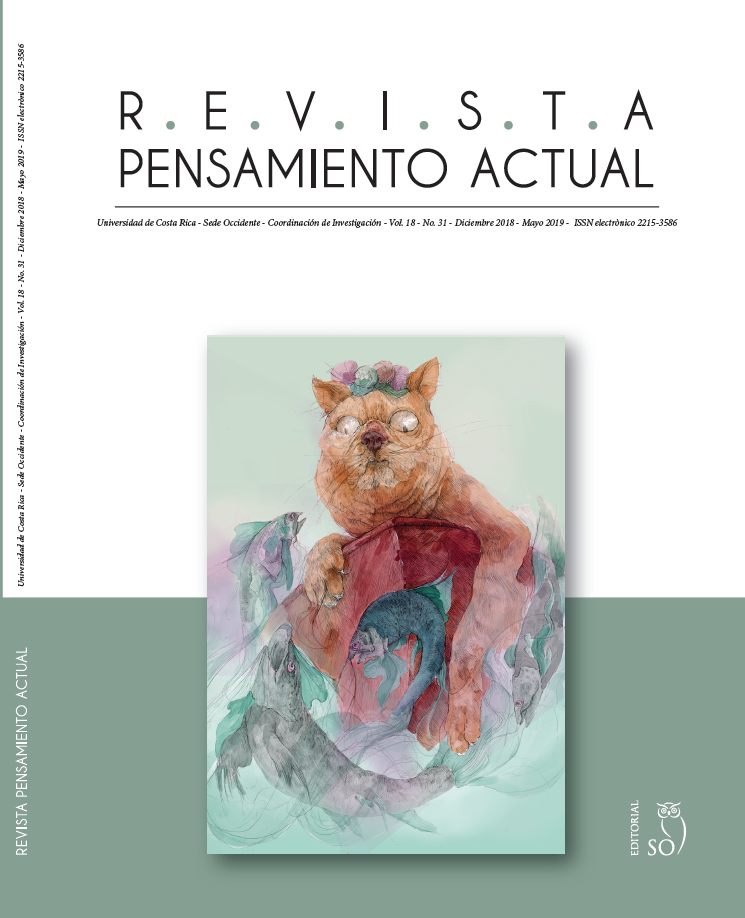Abstract
The objective of the present study was to evaluate the nutritional status of Costa Rican preschoolers. A total of 200 preschoolers (100 male and 100 female) with ages between 5 to 6 years old (5,6 ± 0,29 years old) were assessed. The evaluation of the nutritional status was performed by means of the anthropometric indicators height-for-age (H/A) and BMI (8kg/m2) according to sex and age. The anthropometric values assesed in male and female preeschoolers were: age (5,7 ± 0,3 vs 5,6 ± 0,3 años), weight (22,2 ± 6,9 vs 18,7 ± 4,4 kg), height (1,1 ± 6,5 vs 1,1 ± 4,1 m), and BMI (15,9 ± 1,7 vs 15,5 ± 1,7 kg/m2) respectively. While the age, height, and BMI did not show any significant difference, the weight was significantly higher in men (p<0,05) than in women. Prevalence of the nutrirional status for male and female was: short height 4% vs 5%, normal height 90% vs 90%, tall height 6% vs 5%, low weight 8% vs 6%, normal weight 72% vs 85%, overweight 16% vs 8%, and obesity 4% vs 1% respectively. The study showed that 78,5% of the preschoolers was within the normal weight range, where women registered higher prevalence. In regards to overweight and obesity, preschoolers showed prevalence of 12% and 2,5% respectively, where men showed higher prevalence for both of the conditions. The results of this study conclude that while overweight-obesity has increased, low weight prevalence has decreased in the Costa Rican preschooler population.

